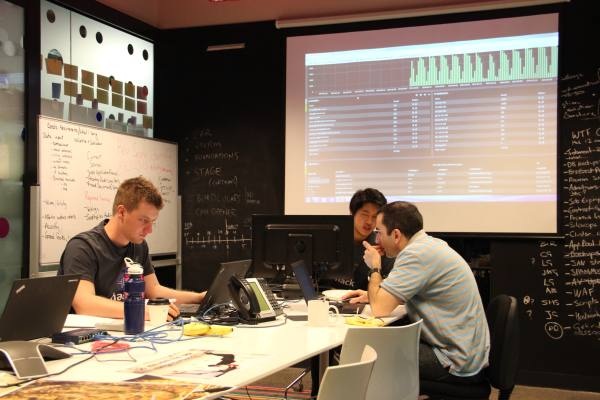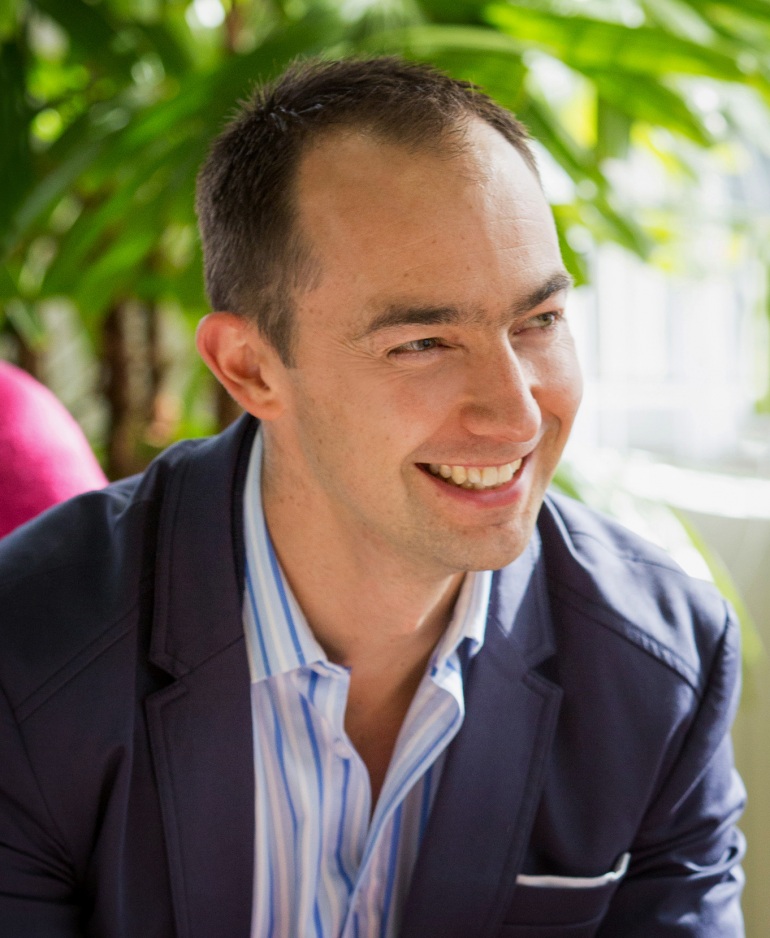Flabby Australia's chance to get lean
In the era of digital disruption, even internet businesses must transform to keep up.
So it is not surprising that a methodology for better managing software projects is becoming a tool for driving business transformation.
Dubbed ‘agile’ it is a development methodology that eschews large projects and lengthy development cycles in favour of smaller, shorter ones, and places emphasis on collaboration and rapid deployment at the expense of documentation.
It started as a means to accelerate and improve software development, but has evolved into a philosophy for managing changing businesses.
For the online employment and education company SEEK, its foray into agile commenced four years ago in response to new competition from social media sites and start-ups.
SEEK’s managing director for product development and strategy Michael Ilczynski says his company’s innovation and development cycle couldn’t keep up, so agile was tested in a single project.
“Given how competition was changing, it wasn’t going to be effective for us to take 12 or 18 months to bring product to market,” Ilczynski says. “We absolutely saw a faster speed of development. More importantly, we saw a real increase in engagement - the team much preferred to work that way.

Agile organisational tools used by software developers are now spreading into other operational functions.
“And the project felt less risky. A project can’t go off the rail after six months, it can only go off the rails for two or four weeks.”
Agile promotes transparency through the use of card walls and visual management boards, using ‘swim lanes’ with headings such as ‘backlog, doing, done’. Regular stand-up meetings and cross-functional collaboration are also core to the methodology.
Ilczynski says this changed the behaviour of teams, and even the structure of the organisation, as staff with skills in strategy, product and delivery became co-located.
“Agile goes to a philosophy of how you think about things, it goes to your governance processes,” Ilczynski says. “Even our customer service team has embraced the core concepts in terms of ‘backlog, doing and done’. We are seeing swim lanes all over the building.”
For the software team, Ilczynski says annual project delivery has leapt from six major deployments to over 250, with more than 35 considered significant. That pace of delivery has also forced other parts of the business to react, and raised that rate of innovation.
“It puts pressure upstream on product and strategy to have ideas developed,” Ilczynski says. “At any one point in time there are 20 different projects being worked on just in our product development team, which is almost unimaginable from three years ago.”
Ilczynskis says faster project delivery has been essential in helping SEEK to remain competitive, but it has also helped to transform the culture of the business to one that is more collaborative and innovative.
“You have to have buy-in at the exec level,” Ilczynskis says. You also have to have that bottom-up ground-level swell that this is the right way to go. And when you have those two things you are on the way.”

SEEK's Mike Ilczynskis says agile techniques have not only changed the behaviour of teams but also the structure of the organisation.
Principle consultant at the software consultancy ThoughtWorks, Nick Thorpe says it is common for agile to be adopted in software development teams but then spread through other functions.
“They start noticing that there are things that are blocking them that are outside of their control,” Thorpe says. “And so these messages start going up the management teams about constraints that the organisation has.”
The travel publisher Lonely Planet was one of the first organisations in Australia to embark on a large agile project after an attempt to redevelop its core website using a traditional methodology had stalled.
Online platform manager Darragh Kennedy says agile is now the basis for most functions within the company, including its legal and marketing department.
“It helps your communication, it helps people work together,” Kennedy says. “It’s getting away from command and control. People are attracted to that and working together, rather than having barriers and hierarchy put in their way.”
It is not just media and internet companies that have embraced agile however. The agile practice manager at Bankwest, Richard McAllister, says everyone involved in technology within Bankwest works, or has access to work, in an agile way.
“We are enhancing business agility so we can respond to customer demand with simple and easy to use products in much shorter time frames,” McAllister says. “Agile is a great mechanism to get us closer to our customers and deliver to them what they need.”
He says agile techniques and concepts have been introduced across the entire organisation, with interesting results.
“The culture at Bankwest has always been brilliant, and the agile movement has definitely changed it for the better,” McAllister says. “It has brought us out of our comfort zone and, at times, it has been quite confronting. Making things visible is the key to change, but it can also be hard to face at times.”
REA Group also used agile to successfully transform the company’s realestate.com.au website into a platform that will sustain the businesses’ growth.
Chief information officer Nigel Dalton says the two years since that project was completed have been used to determine whether agile could be used to improve methods across the rest of REA Group, including functions such as legal, HR and finance.
“And the answer is yes, you can,” Dalton says. “There are no books written on how you do that, you have to figure it out from scratch. But the principles are pretty clear.”
Dalton says many of the concepts of agile align with those of lean manufacturing movement, but it also takes the cultural aspects of start-up companies – particularly those of collaboration and rapid development – and scales them up for a larger business.
The success of agile within many organisations has led to a strong support community that is keen to spread the word to other organisations. Hence Dalton and other agile devotees are working on an initiative that aims to have 20 per cent of Australian organisations using agile by 2020.
“A digital future for Australia has to involve competing in a global market with innovative products and services,” Dalton says. “It probably isn’t related to digging iron ore out of the country.”
















